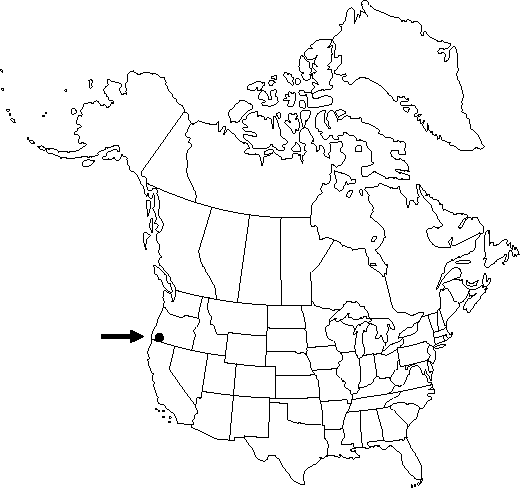Ranunculus austro-oreganus
Amer. Midl. Naturalist 52: 341. 1954.
Stems erect or ascending, never rooting nodally, crisped-pilose, base not bulbous. Roots never tuberous. Basal leaf-blades broadly rhombic to semicircular in outline, 3-parted, 2.8-4.3 × 3-5.5 cm, segments 3-lobed, ultimate segments lanceolate, margins entire or toothed, apex narrowly acute or acuminate. Flowers: receptacle glabrous; sepals reflexed 1 mm above base, 4-6 × 1.5-3 mm, densely pilose; petals 5, abaxially red, adaxially yellow, 10-12 × 4-6 mm. Heads of achenes hemispheric, 4-7 × 7-10 mm; achenes 3.4-4.2 × 2.8-3.2 mm, sometimes basally pilose, margin forming narrow rib 0.1-0.2 mm wide; beak persistent, lance-subulate, straight or somewhat curved distally, 1.6-2.6 mm.
Phenology: Flowering spring (May).
Habitat: Grassy hillsides
Elevation: 500 m
Discussion
Of conservation concern.
Ranunculus austro-oreganus is doubtfully distinct from R. occidentalis var. howellii. L. D. Benson (1954) described the stem as bulbous-based and similar to that of R. bulbosus, but a differentiated base is not evident in material I have seen (some of which was cited by Benson).
Selected References
None.
Lower Taxa
"high" is not a number.
